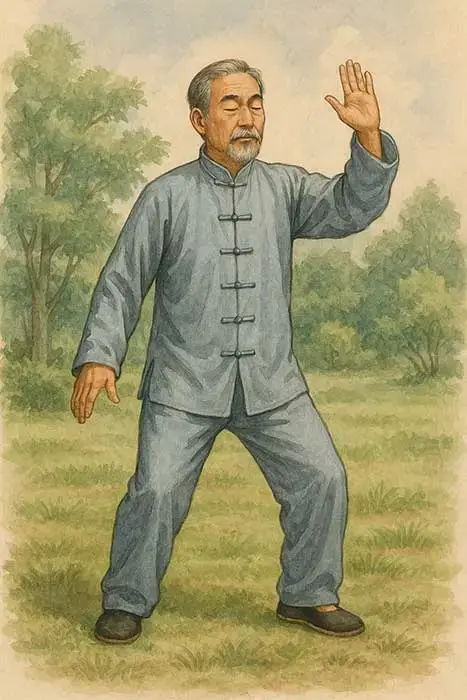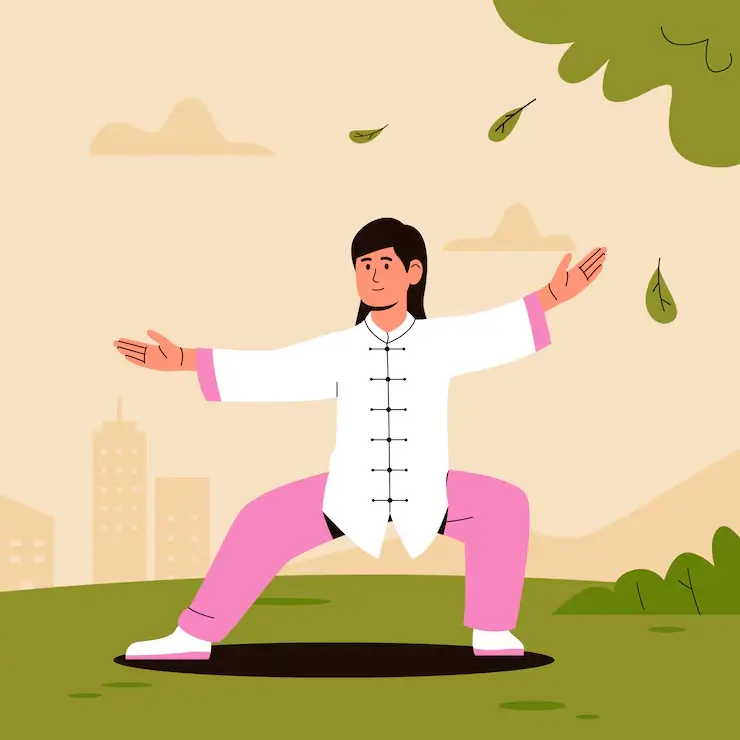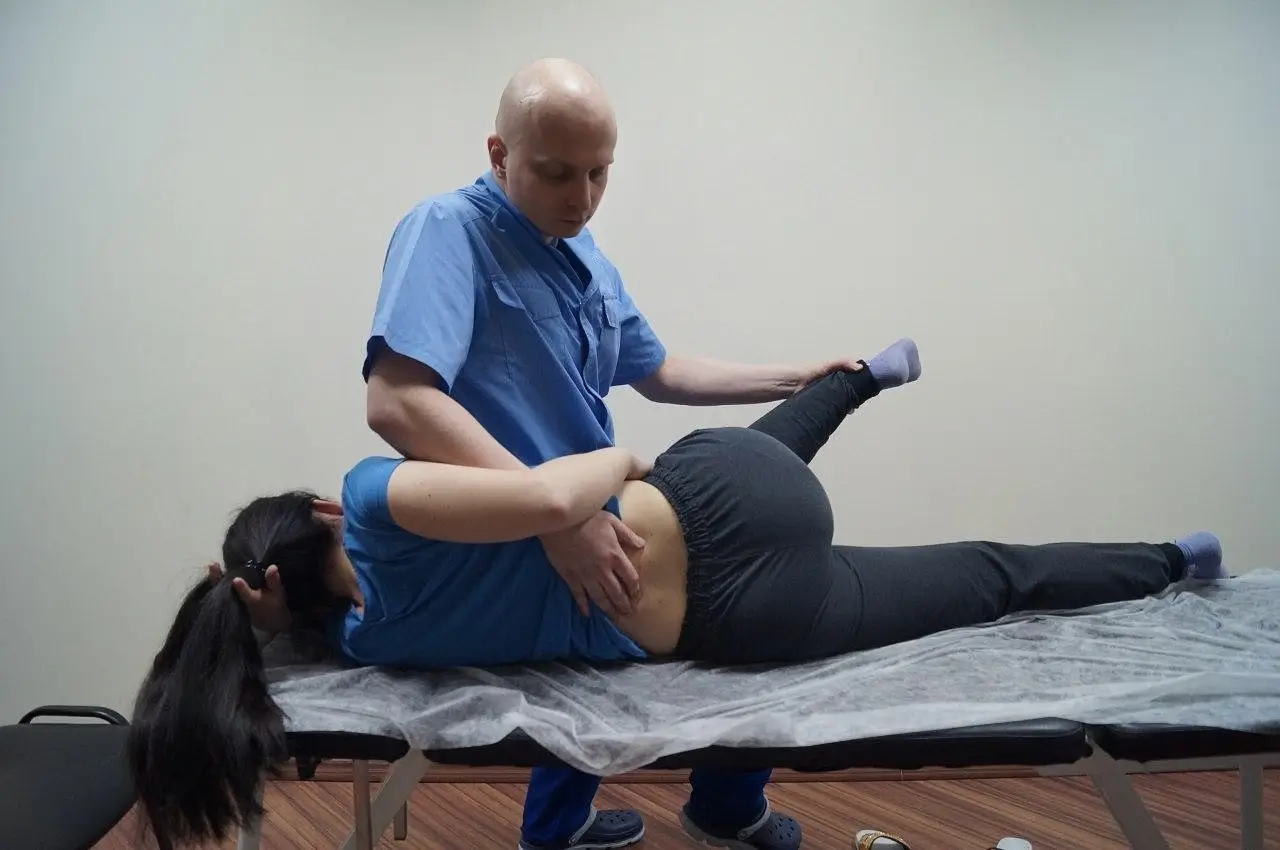

Qi gong breathing exercises
Qi gong is an ancient Chinese healing system focused on the balanced development of not only the body, but also the spirit. It's not surprising that it's also called meditation in movement and that the Chinese themselves perceive it more as a breathing exercise.
History and Taoist roots
 Qi gong has a millennial history reaching back to the deep antiquity of China. The first mentions of breathing practices and energetic exercises appear in texts dated to the III millennium before our era. Particularly strong influence on the formation of qi gong had Taoist philosophers and masters, who viewed the human being as a microcosm reflecting the laws of the universe.
Qi gong has a millennial history reaching back to the deep antiquity of China. The first mentions of breathing practices and energetic exercises appear in texts dated to the III millennium before our era. Particularly strong influence on the formation of qi gong had Taoist philosophers and masters, who viewed the human being as a microcosm reflecting the laws of the universe.
The Taoist tradition laid the foundation for understanding the movement of vital energy "qi" through the energetic channels of the body — meridians. The central concept of Tao as the natural way of the universe finds its embodiment in the principle "wu wei" (無為) — non-action or natural action without coercion. In the context of qi gong, this means following the natural rhythms of body and breath, rejecting violence against oneself and having harmonious interaction with internal processes. Health and longevity are achieved not through struggle or coercion, but through subtle cultivation of internal energy in accordance with the principles of Tao.
A special place in the history of qi gong occupy such outstanding figures as Lao Zi and Zhuang Zi, whose philosophical works laid the theoretical foundations of the practice. During the period of the Tang dynasty (618-907 AD), qigong gained particularly wide distribution both among monks and hermits as well as among courtiers and physicians.
Physiological effects of qi gong
Modern scientific research confirms many of those effects that ancient masters described. Regular practice of qi gong has a complex effect on the organism:
Cardiovascular system: Slow, rhythmic movements in combination with deep breathing contribute to lowering blood pressure, improving microcirculation and increasing vessel elasticity. The practice activates the parasympathetic nervous system, leading to slowing of heart rate and improvement of its variability.
Respiratory system: Special breathing techniques increase the vital capacity of lungs, improve gas exchange and contribute to more efficient tissue saturation with oxygen. Diaphragmatic breathing massages internal organs and improves lymphatic drainage.
 Nervous system: Qigong contributes to the production of neurotransmitters responsible for good mood and stress reduction. Regular practice improves attention concentration, memory and general cognitive function.
Nervous system: Qigong contributes to the production of neurotransmitters responsible for good mood and stress reduction. Regular practice improves attention concentration, memory and general cognitive function.
Musculoskeletal system: Fluid movements strengthen muscles, improve joint flexibility and movement coordination. Special attention is given to developing deep stabilizing muscles and correct body posture.
Endocrine system: The practice contributes to normalizing hormonal balance, reducing cortisol levels and other stress hormones, which favorably affects the immune system and general well-being.
I was brought to qi gong by my deep research into questions of stress and its influence on the organism, the work of the autonomic nervous system and more broadly — treatment and prevention of psychosomatic and somatopsychic dysfunctions.
For example, qi gong exercises showed excellent results in experiments with measuring HRV heart rate variability — an objective indicator of vagus nerve activity and stress level. Even a 10-20 minute complex has great influence on sympatho-parasympathetic balance and self-perception.
Perception of one's own body and awareness of oneself in one's body — this is yet another most interesting direction of using Taoist exercises. Many exercises of body-oriented psychotherapy are directly borrowed from qi gong. For example, grounding, slow, conscious and synchronous with breathing movements, etc. I think that in this direction many wonderful discoveries still await us.
☛ Osteopathic Visceral Manipulation Techniques.
☛ Schultz Autogenic Training exercises.




